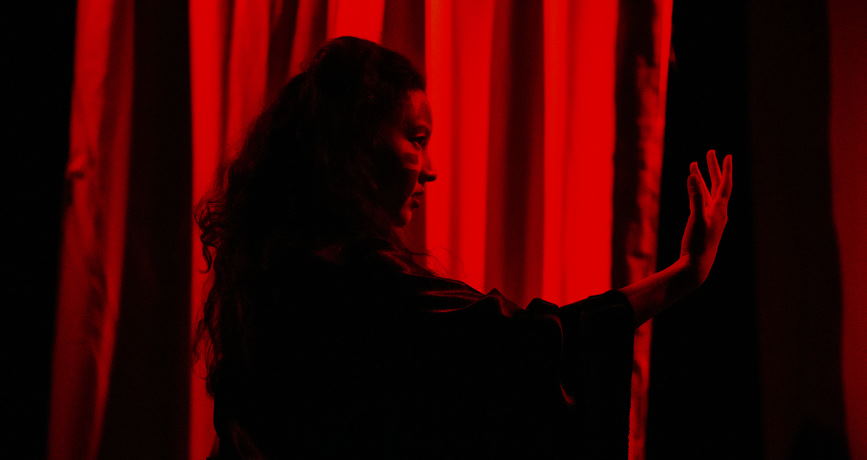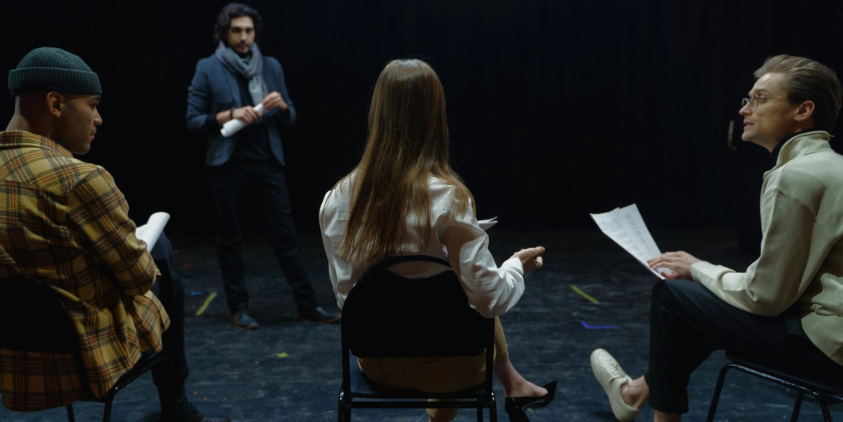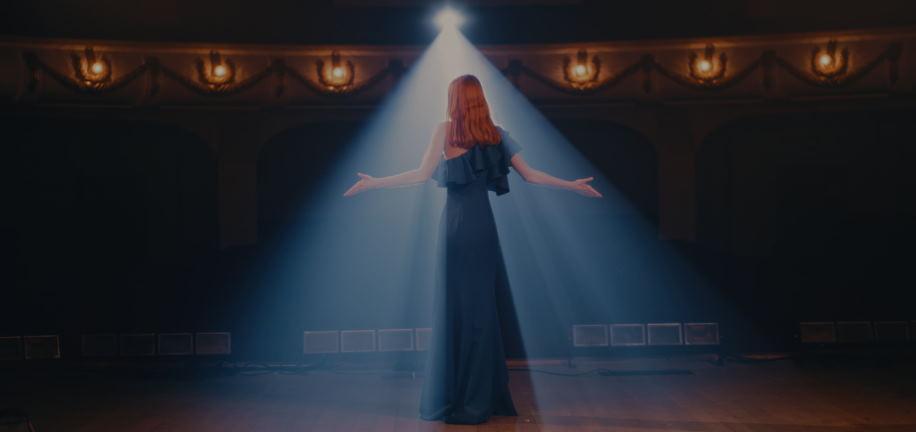
Are you ready to become an actor who stands out in the crowd? If so, then you should learn the Practical Aesthetics Acting Technique. David Mamet and William H. Macy created this revolutionary acting technique to approach acting from a practical point of view that incorporates objectives, tactics, and active analysis into performance preparation and rehearsal. By focusing on these key elements of the process rather than simply memorizing lines for scenes, actors can unlock their true potential and create dynamic performances that make a lasting impression. So if you’re looking for an efficient way to increase your ability as an actor, read on—we’ll explain what this exciting technique has to offer!
From page to stage: the practical aesthetics acting technique
The technique emphasizes the importance of understanding the text and using it as a starting point for character creation, scene analysis, and performance. Practical Aesthetics also encourages actors to explore their own physicality to reach an honest interpretation of the script.
The Practical Aesthetics Acting Technique was developed by David Mamet, a renowned playwright and teacher at The Atlantic Theater Company in New York City. Mamet’s goal was to create an effective method of teaching actors how to analyze scripts, create memorable characters, perform with precision and clarity, and connect emotionally with an audience.

This technique focuses on connecting directly with the text by listening and responding to each other and the material. Actors are asked to take the text, break it down into small sections, and then build up their performance by carefully analyzing these components layer by layer. This process encourages actors to explore their own physicality, analyze their character’s motivations, discover relationships between characters and themes, and ultimately create a complete interpretation of the text.
At the core of Practical Aesthetics is an emphasis on understanding the overall structure of a play or film script to bring out its essential elements. For example, Mamet suggests that all scenes must have a beginning (setup), middle (conflict), and end (resolution). Through repetition exercises and scene work, actors can develop an awareness of how these components contribute to the overall story and how to bring out its best qualities.
The Practical Aesthetics Acting Technique is an invaluable tool for actors and directors alike, as it provides a practical approach to developing performances and creating memorable characters. By understanding and mastering this system, actors can create powerful performances that speak directly to the audience’s emotions. With its emphasis on finding truth through physicality and embracing the text as the starting point of creating believable characters, Practical Aesthetics has become essential to many successful theatrical endeavors.

Master the practical aesthetics acting technique with these tips
- Understand the fundamentals of physical acting. Aesthetic acting is rooted in the physical, so it’s important to understand how you can use your body to express emotions and tell stories. Learn about techniques such as mime, dance, improvisation, and other forms of physical theater to better understand what aesthetic acting requires.
- Focus on creating organic movements. Rather than memorizing lines or making deliberate decisions about each movement you make on stage, strive for natural and realistic movements from within. This will help create a real connection with your audience that feels much more meaningful than if you were performing by rote memorization.
- Practice speaking with intentionality and purposeful pauses. Aesthetic acting doesn’t just involve physicality, it also includes your speech. Speak with intentionality, meaning each word you say should have a purpose. Also, use pauses intentionally to emphasize particular moments and draw attention to the emotions in play.
- Take risks and let yourself be vulnerable on stage. The spirit of aesthetic acting is all about taking risks and exploring new ideas without feeling constrained by conventions or expectations. Let go of any self-consciousness or fear you might feel and allow yourself to be vulnerable on stage; this will help create a more dynamic performance that resonates with your audience.
- Develop an understanding of the world around you. Finally, as an aesthetic actor, it’s important to deeply understand the world around you, both in terms of physical objects and social dynamics. Pay attention to the subtle nuances of life and strive to bring that insight into your performances. The more connected you are to the world, your aesthetic acting will improve.
By following these tips, you can master the practical aesthetics acting technique and create powerful performances that move audiences and make a lasting impression!



